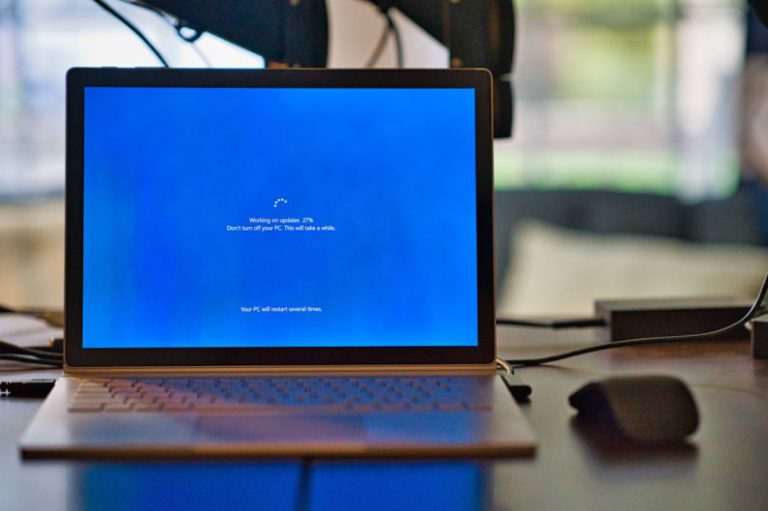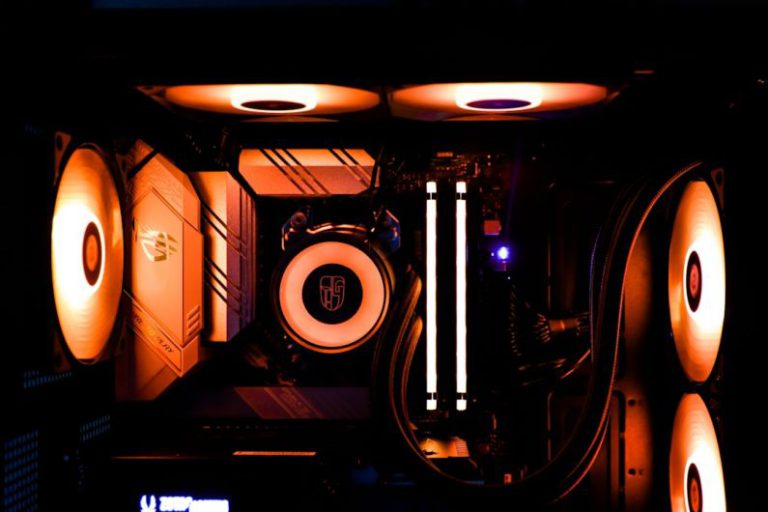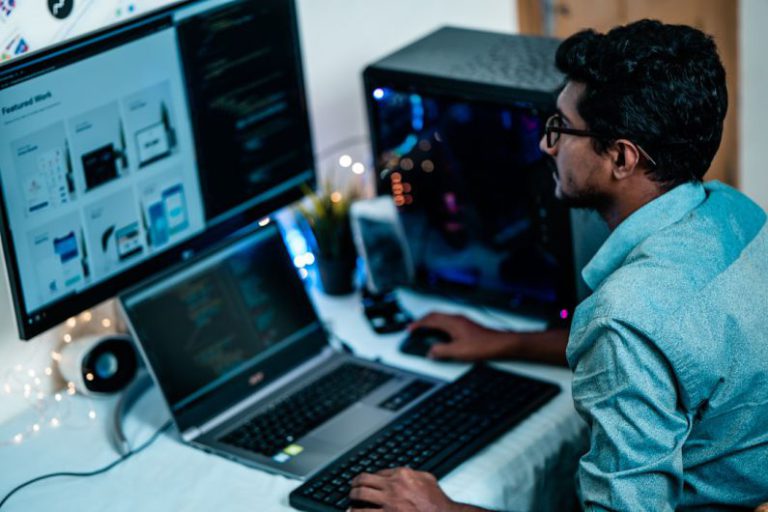How Can I Make My Pc More Energy Efficient?
In today’s digital age, where technology plays a vital role in our daily lives, ensuring that our devices are energy-efficient is crucial. PCs are a common household item that consumes a significant amount of energy. By making simple adjustments and implementing energy-saving practices, you can reduce your PC’s energy consumption and contribute to a more sustainable environment. Here are some tips on how you can make your PC more energy-efficient.
Adjust Power Settings
One of the most effective ways to make your PC more energy-efficient is by adjusting its power settings. By customizing the power plan, you can regulate how your PC consumes energy. Lowering the screen brightness, setting shorter times for the display to turn off, and putting the computer to sleep when not in use are effective ways to reduce energy consumption. Additionally, enabling the power-saving mode can significantly decrease the amount of energy your PC utilizes, ultimately saving you money on your electricity bill.
Utilize Energy-Efficient Hardware
Investing in energy-efficient hardware is another way to make your PC more energy-efficient. Opt for components that are Energy Star certified, such as power supplies, motherboards, and graphic cards. These components are designed to consume less power while maintaining optimal performance. Furthermore, upgrading to solid-state drives (SSDs) instead of traditional hard disk drives (HDDs) can help reduce energy consumption, as SSDs consume less power and generate less heat.
Enable Sleep Mode
Enabling sleep mode on your PC when it is not in use is a simple yet effective way to conserve energy. Sleep mode allows your computer to enter a low-power state, reducing energy consumption while still keeping your work and applications intact. By setting your PC to automatically enter sleep mode after a period of inactivity, you can save energy and extend the lifespan of your device. Remember to wake your PC from sleep mode only when you need to use it, as constant waking and sleeping can consume more energy than leaving it on.
Unplug Peripheral Devices
Peripheral devices such as printers, scanners, and external hard drives consume energy even when not in use. To make your PC more energy-efficient, unplug these devices when they are not being used. Alternatively, you can connect them to a power strip with an on/off switch and turn off the strip when the devices are not needed. This simple practice can help reduce standby power consumption and lower your overall energy usage.
Update Software and Drivers
Keeping your operating system, software, and drivers up to date is essential for maintaining an energy-efficient PC. Software updates often include performance enhancements that optimize energy consumption and improve efficiency. Additionally, updating drivers for your hardware components can resolve compatibility issues and ensure that they are operating at their most energy-efficient settings. Regularly checking for updates and installing them promptly can help maximize your PC’s energy efficiency.
Monitor Energy Usage
Monitoring your PC’s energy usage is a proactive way to identify areas where you can make improvements. There are various software tools available that can track your energy consumption and provide insights into how you can reduce it. By monitoring your energy usage, you can pinpoint energy-intensive applications or processes and adjust your settings accordingly to make your PC more energy-efficient.
Conclusion: Implementing energy-efficient practices for your PC not only helps reduce your carbon footprint but also saves you money in the long run. By adjusting power settings, utilizing energy-efficient hardware, enabling sleep mode, unplugging peripheral devices, updating software and drivers, and monitoring energy usage, you can make your PC more energy-efficient and contribute to a greener environment. Start implementing these tips today and enjoy the benefits of a more sustainable and cost-effective computing experience.






